Journeys Await
As the New Year approaches, Aman destinations across the globe await discovery.
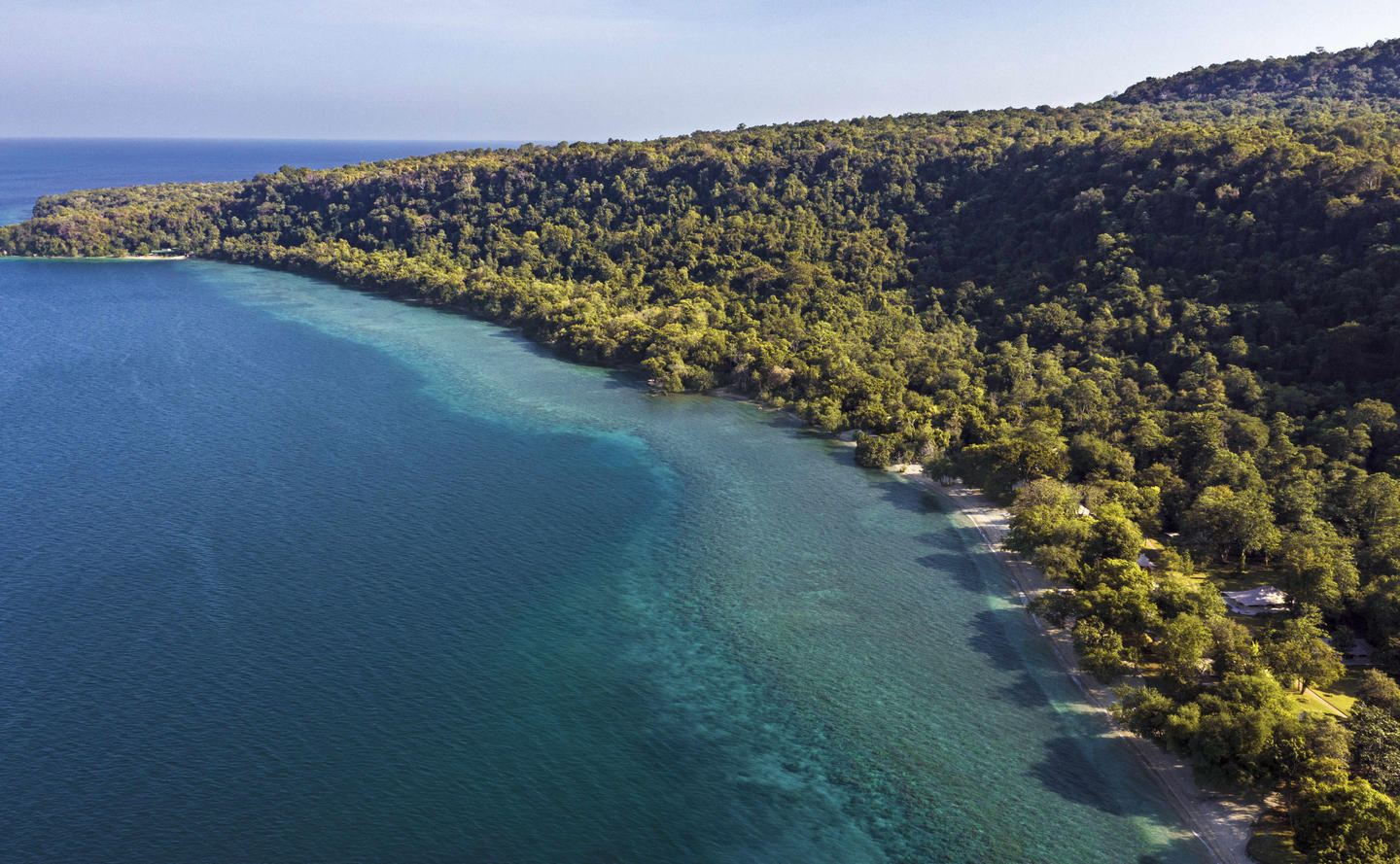
Covering an area of just over 31,000 hectares (76,602 acres), Moyo Satonda National Park encompasses the islands of Moyo and Satonda as well as the pristine waters between them. Strengthening conservation efforts and enhancing the natural and cultural heritage of the region, this newly designated national park complements neighbouring Tambora National Park, known for its historical and geological impact, as well as its rich biodiversity.
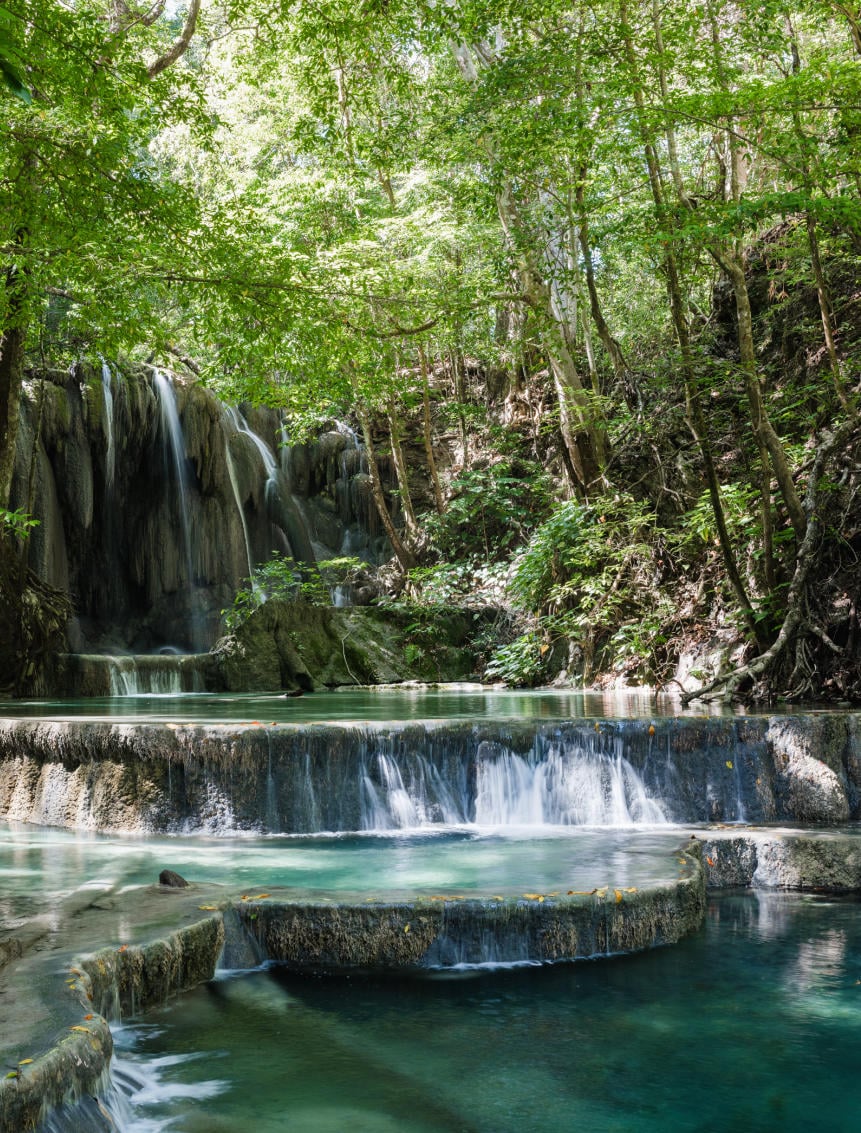
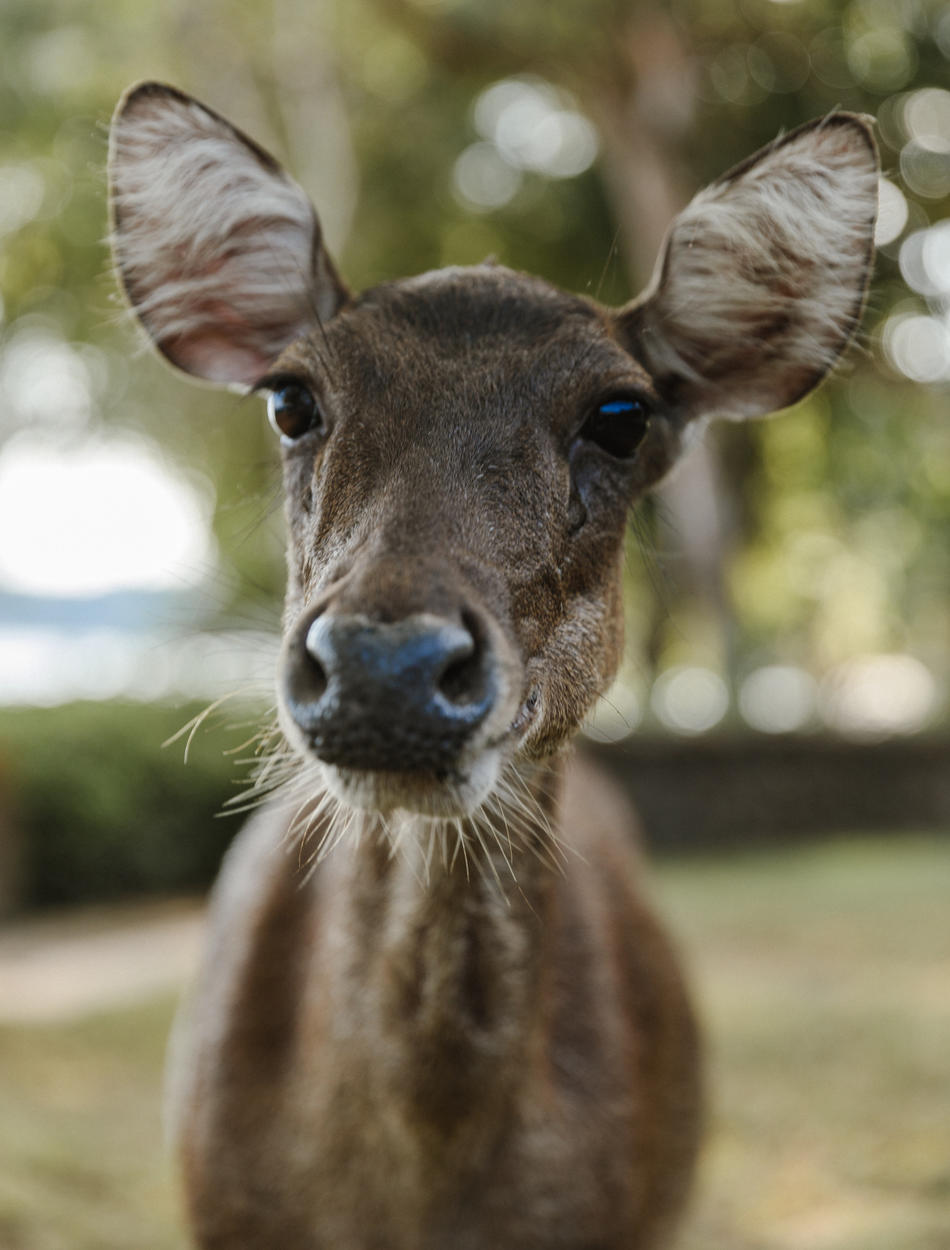
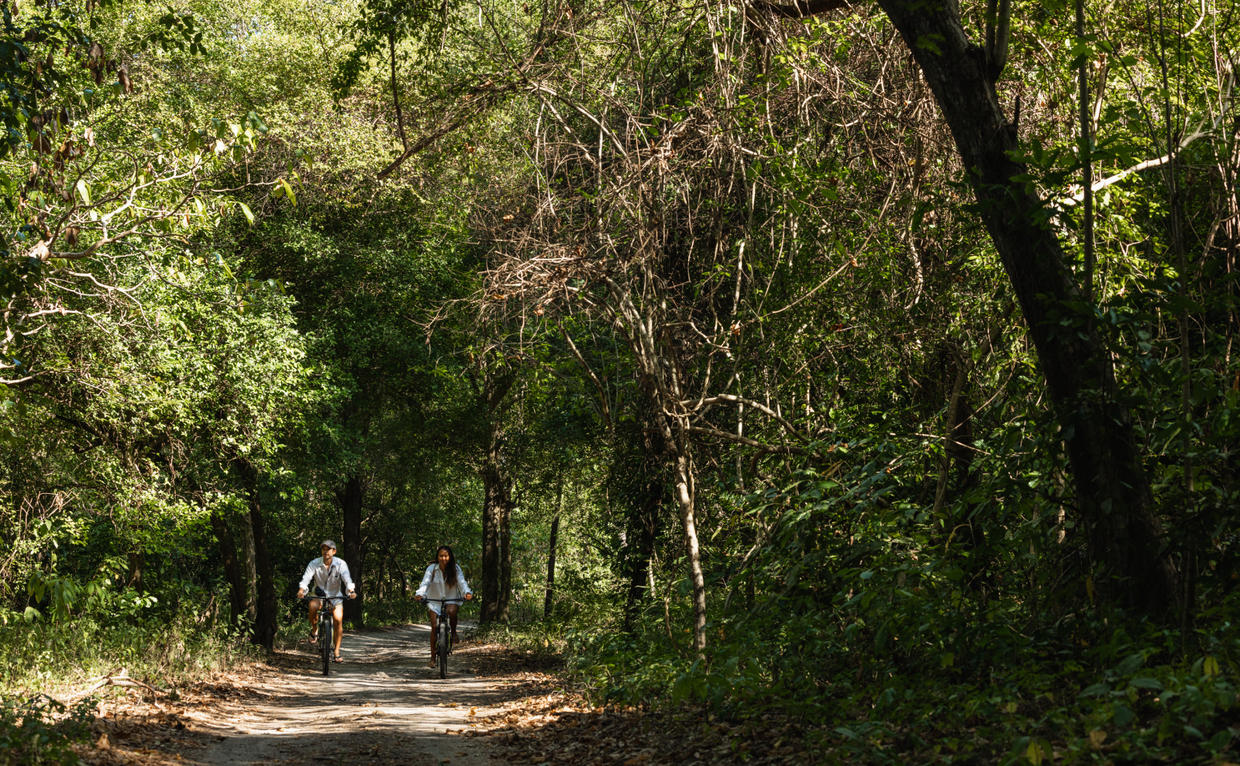
Surrounded by a marine reserve, Moyo Island is one of Indonesia’s key areas of conservation. Home to an extraordinary array of animal and plant life, it is an island for explorers, lovers of wildlife and those seeking the solace of untouched nature.
Protected as a wildlife reserve since 1976, Moyo lies east of Bali in the West Sumbawa Regency. In August 2022, it was named as part of Moyo Satonda National Park by the Indonesian government, ensuring that its stunning landscapes and diverse marine life will be protected for generations to come.
The spectacular island of Satonda is located about 40 kilometres to the northeast of Amanwana Bay. Covered in tropical forest, it is home to a host of local and migratory wildlife, including thousands of fruit bats. While its breathtaking fringing reefs attract snorkelers and divers, it is surely its unique salt-water lake – an unmatched ecosystem of global significance formed by the eruption of Mount Tambora in 1815 – that is its most striking feature.
Spend a day jungle trekking, snorkelling, kayaking on the lake and picnicking – even deep sea fishing – after a 75-minute cruise to this otherworldly destination.
Dubbed the Africa of Sumbawa due to its exceptional biodiversity and landscapes ranging from dense jungle to open savannah, Tambora National Park is a magnet for wildlife enthusiasts with well-marked trails and little traffic. A constant serenade of birdsong will soundtrack your trek, a sure sign of a vibrant ecosystem, and your chances of spotting crested white-eye, hill mynas, rainbow lorikeets, flying foxes, deer, horses and wild boar are high.
Mount Tambora’s giant caldera of around 7 kilometres in diameter clearly demonstrates the force of its eruption back in 1815 – the largest volcanic eruption in recorded history.
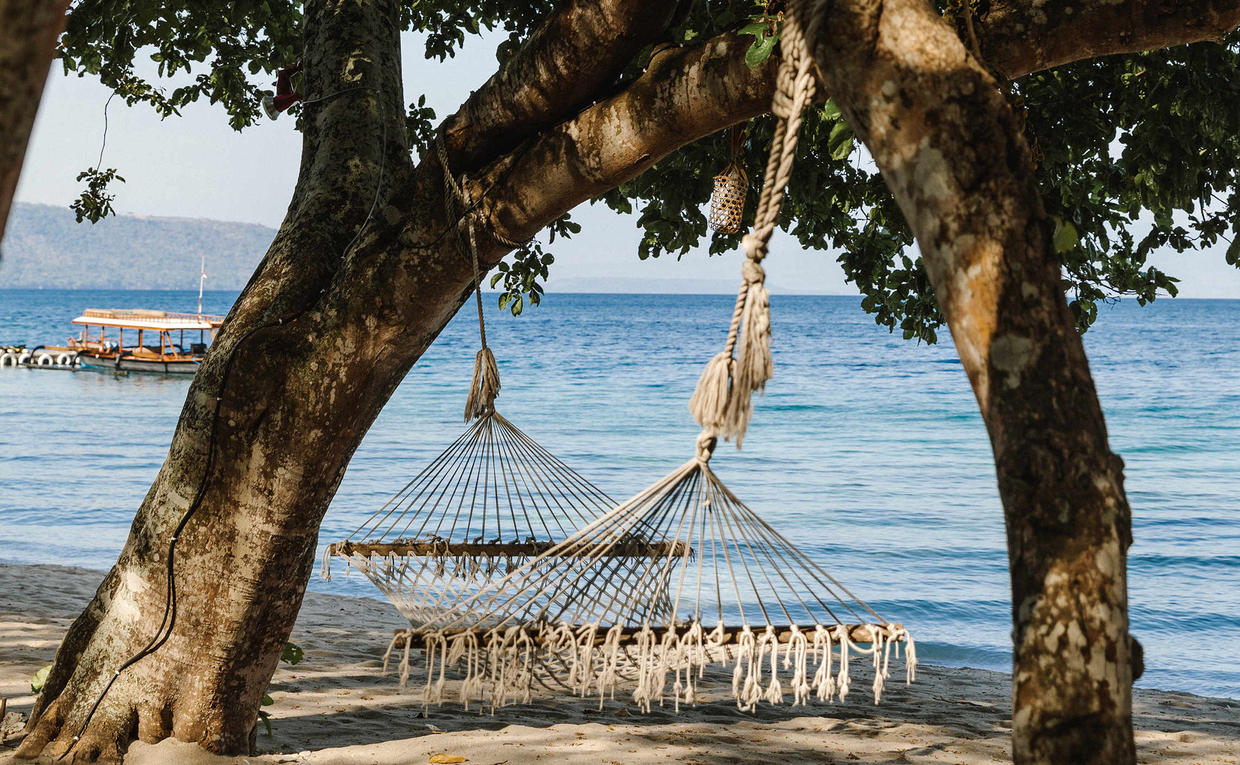
Until 31 December 2026
Set on a beach overlooking the turquoise waters of a protected marine park, explore this wilderness hideaway from one of just 15 luxury guest tents on the shoreline. Guests staying five nights or more can take advantage of daily dives, full board, return transfers and more.